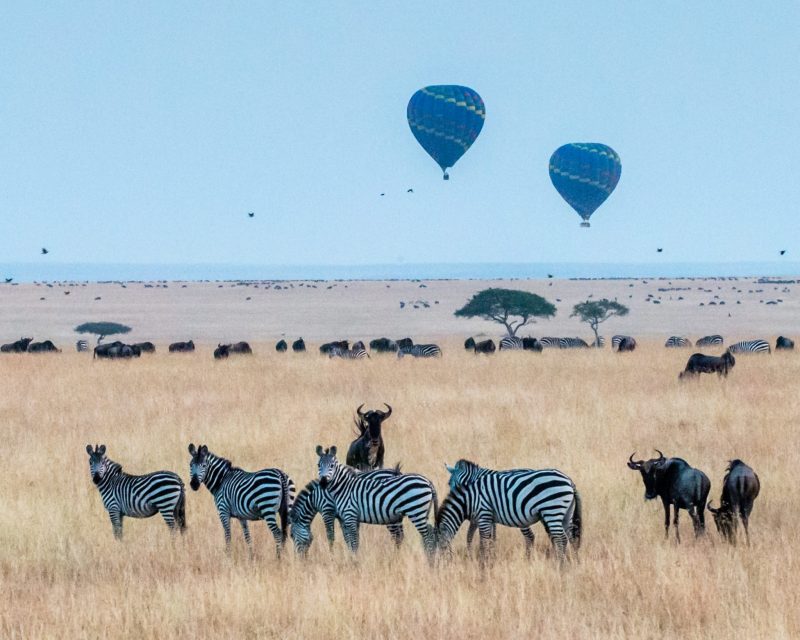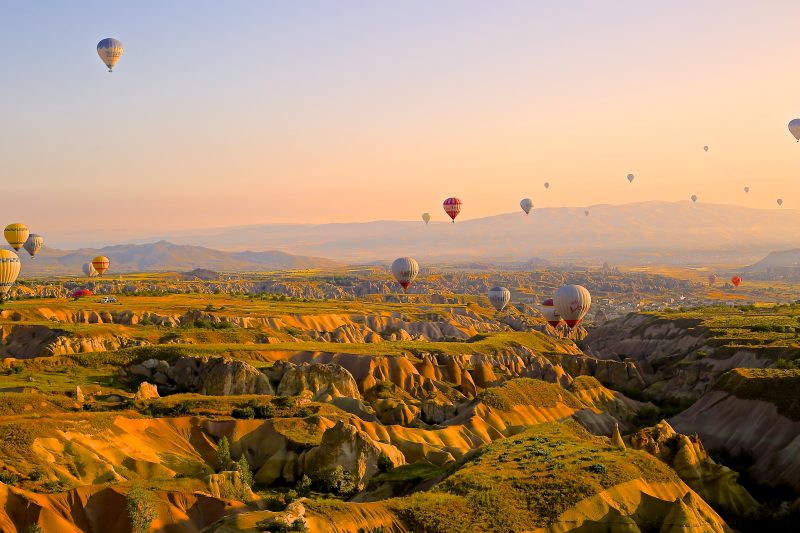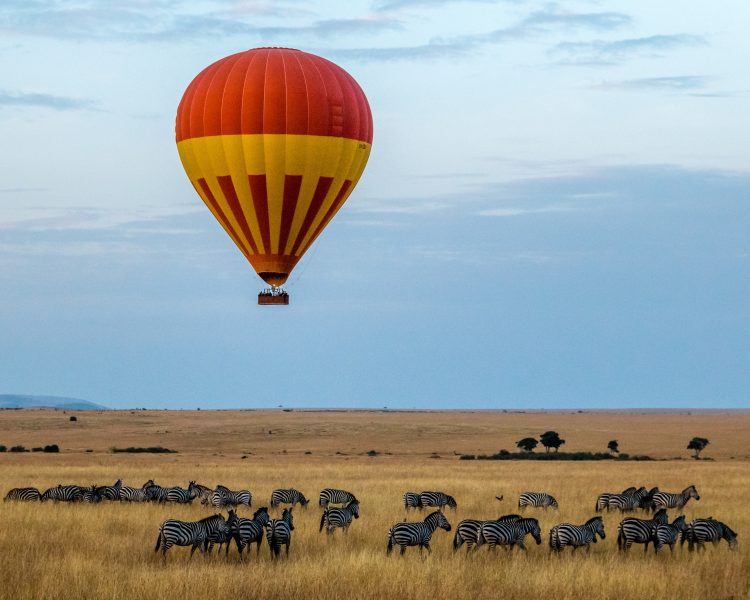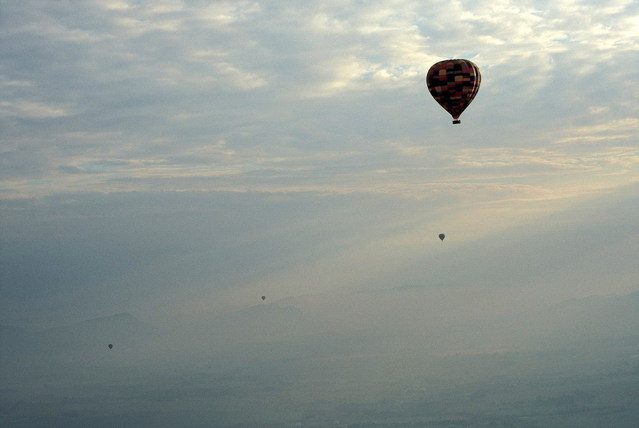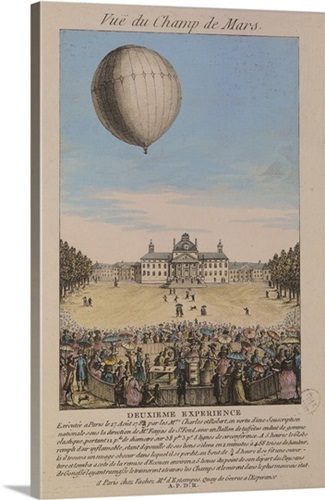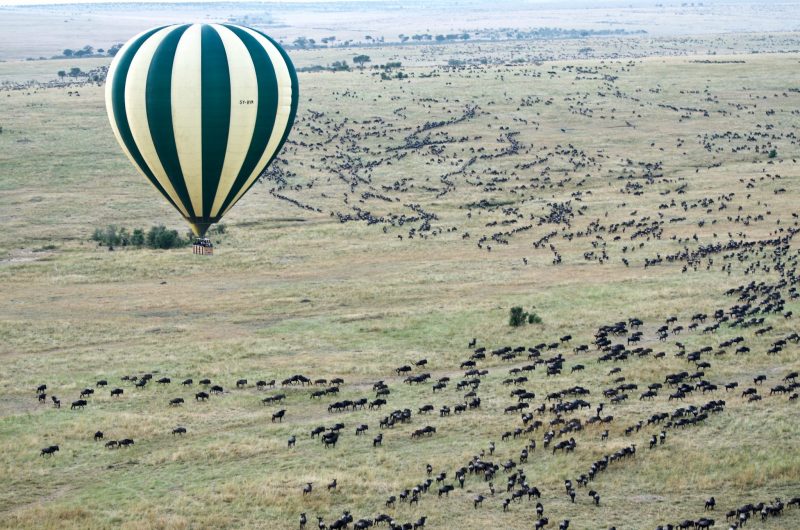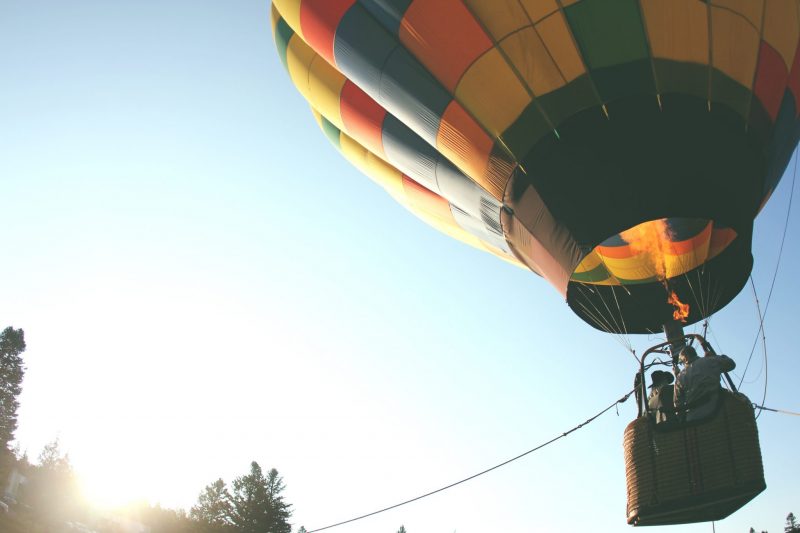Notable Pioneers In Hotair Balloon Industry
The pioneers of inflatable planes are unsung heroes. And that is because not many people paid attention to their daring ventures in the early days of aviation. Mentions of them in the literature are few and far between. But giving credit where it is due is only appropriate. The pioneers of hotair balloons expounded on the buoyancy theory while designing the craft. The credit for hotair balloon invention goes to Jacques-Etienne and Joseph-Michel Montgolfier. They lived in the 18th century in Annonay, a town in France. Montgolfiers were paper manufacturers. Legend has it that the brothers took inspiration from watching the skirts of Joseph’s wife. The skirt billowed from the heat of a kitchen burner. Joseph’s wife used the burner to dry clothes.
Hotair balloon invention
The Montgolfiers created the first hotair balloon on a crude, albeit large scale cloth-and-paper envelope and heat generated from a straw fire and publicly demonstrated it in their hometown on the 4th of June 1783. That was the first record of hotair balloon. Then they launched a balloon with a sheep, a rooster, and a duck. They did that to determine if living beings could survive at high altitudes.
First balloon pilot
After testing with unmanned flights and with other living beings, the Montgolfier brothers tried it with humans aboard. The Marquis d’Arlandes and Jean-Francois Pilatre de Rozier persuaded the king to allow them to make the first manned flight on the 21st of November 1783. The beautifully decorated, paper-lined cloth balloon with a fire grill attached to the base carried the two Frenchmen in a wicker basket. They went aloft over Paris for 20 minutes, and 16 km later they safely returned to earth. Witnessing this ascension were members of the French Academy des Sciences, Louis XVI, and multitudes of the public including the American statesman and inventor Benjamin Franklin. It left a profound impression on the 18th-century world.
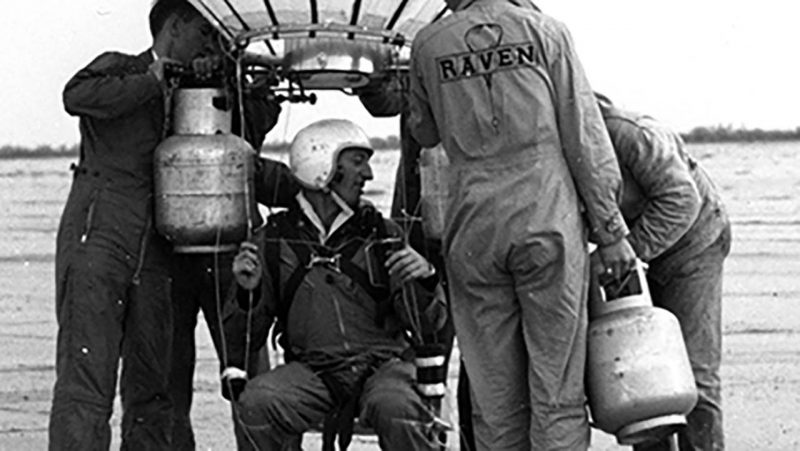
Ed Yost designed, built, and flew the first modern balloon on the 22nd of October 1960 in Nebraska. Source Credit: SDPB
In modern times
Ed Yost designed, built, and free flew the first modern balloon on the 22nd of October 1960 in Nebraska. Lightweight nylon fabric replaced the original envelope made of plastic. And kerosene fuel was superseded by a modified propane powered burner to heat the air. Modern day hotair balloons are primarily used for recreation. On the 26th of November 2005, Vijaypat Singhania set the record for the highest flight, breaking the previous record set by Per Lindstrand on the 6th of June 1988 in Texas. Lindstrand also completed the longest flight with Richard Branson on the 15th of January 1991, flying from Japan to Canada. After that, on the 2nd of January 1997 Michio Kanda and Hirosuke broke the record for making the longest balloon flight taking just 50 hours and 38 minutes.
Balloon flight race
Balloon competitions are more often than not an assessment of accuracy rather than speed. The ultimate aim is to hover closest to the targets. A marker with a number drops, once the balloon is the nearest to a goal. The distance between the marker and the target determines the score. During some competitive flights, they will be required to fly 6 or more targets before landing. Global positioning system units and topographic maps are used to assist with navigation. Some experienced pilots can land in a precise location by taking a flight in one direction and rise to catch the wind in a different direction. On rare occasions, it is possible to return to the launch site, which is called a box effect.
Flight path adjustment
By adjusting the descent and ascent of a balloon, a pilot takes advantage of available winds to guide it over the surface of the earth. Being at the mercy of the winds means leaving the control to an external factor. The hallmark of sports ballooning is this aspect of power or the lack of it.
Hotair balloon hazards
The dangers of hotair ballooning include excessive speed during landing and mid-air collisions. But colliding with high voltage power lines poses the greatest risk. The reason being that pilots prefer to land near the roads to reduce the off-road driving essential to recover the balloon. But usually, power lines run along the streets. Hence, there is a high frequency of such incidents. Another risk is the strange aerodynamic performance during aggressive climbs. Many pilots have reported suddenly experiencing reduced air resistance at vertical speeds, resulting in an unexpected acceleration. As of now, there is hardly any research to understand this phenomenon.
Hotair balloon manufacturers
The largest hotair balloon manufacturer is Cameron Balloons of Bristol and Lindstrand Balloons of Oswestry in England. The biggest manufacturer in North America and a close second in world balloon manufacturing is Aerostar International Inc. of South Dakota. Other longtime hotair balloon producers are the Balloon Works of North Carolina and Head Balloons of Georgia. But the innovators of eye-popping shaped balloons are the Cameron Balloons and Thunder and Colt.
Balloon trade organizations
Founded in 1905 in France, the Federation Aeronautique Internationale is the nongovernmental organization that maintains records for both manned and unmanned flights for balloons, spacecraft, model aircraft, aerial vehicles, and sporting events. Also, aeronautics agencies such as the British Balloon and Airship Club and the Balloon Federation of America maintain ballooning records. The Federal Aviation Administration in the United States controls the operating criteria, and airworthiness and all countries follow suit with minor local variations.
Flying days ahead
From the days of the naughty Montgolfier brothers of the 18th century who took inspiration from flying skirts to the modern-day balloon enthusiast Richard Branson, the hotair balloon has come a long way. Going forward, a definitive research study on the phenomena of external aerodynamic performance experienced during aggressive climbs may perhaps bring justice to the lives sacrificed by the likes of de Rozier in the exciting balloon industry
5 Frequently Asked Questions About Hot Air Balloon Pioneers
To book a balloon safari, please fill out the following form or simply email us on safaris@safari-center.com

